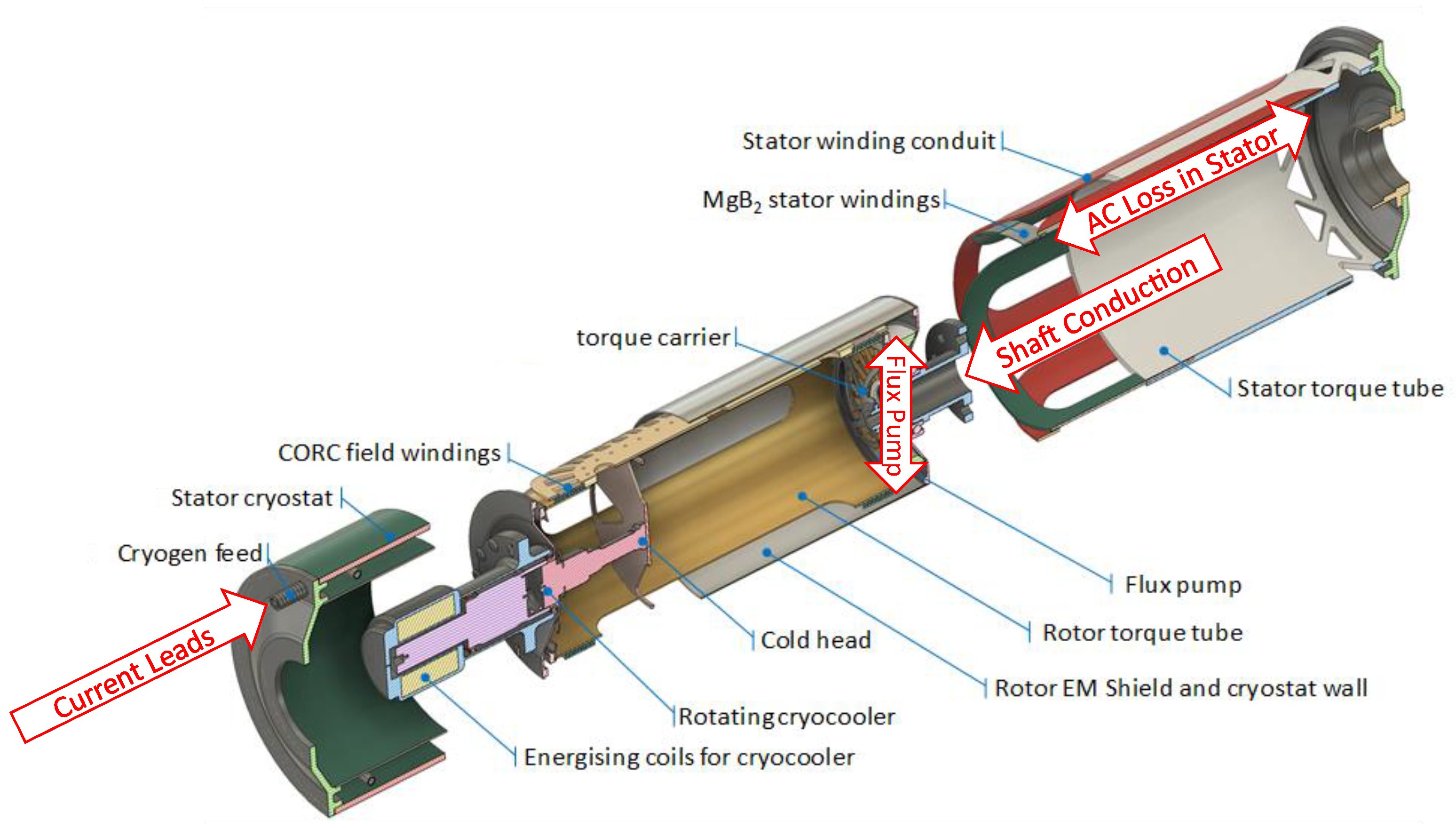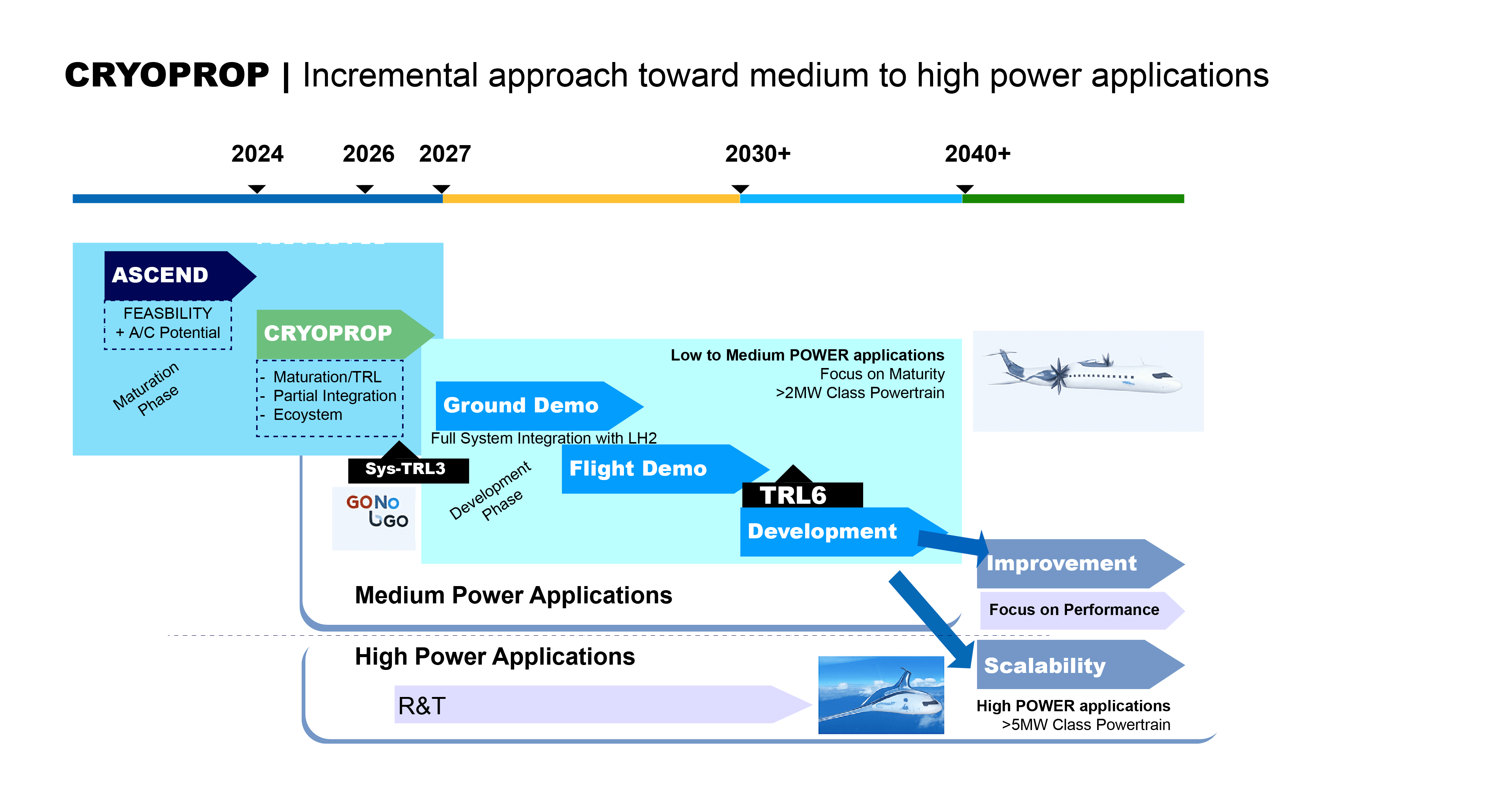Liquid Cyrogenic Hydrogen Tanks Crucial R&D for zero-emission flight

As part of its commitment to clean aerospace,Airbus is now adapting and evolving existing hydrogen storage technology for aviation. Several new research and development facilities across Europe have recently begun work on liquid hydrogen storage tanks for thier ZEROe concept aircraft.
In the near term, liquid hydrogen tanks for commercial flight are likely to be metallic. This approach will be pursued by Zero Emission Development Centres (ZEDCs) in Nantes, France, and Bremen, in northern Germany.
Longer term, however, tanks made from composite materials may be lighter and more cost-efficient to manufacture. Airbus will accelerate development of this approach at its new ZEDC in Spain, and its composite research centre in Stade, Germany.
“Adapting cryogenic tank technology for commercial aircraft represents some major design and manufacturing challenges,” says David Butters, Head of Engineering for LH2 Storage and Distribution at Airbus. "The new Airbus ZEDCs will host multidisciplinary engineering teams to create innovative solutions that will meet demanding aerospace requirements.”
All ZEDCs are expected to be fully operational and ready for ground testing with the first fully functional cryogenic hydrogen tank during 2023, and with flight testing starting in 2025.
Maintaining such a low temperature requires very specific storage tanks. They currently consist of an inner and outer tank with a vacuum in between, and a specific material, such as a MLI (Multi-Layer Insulation) to minimise the heat transfer by radiation.
Cryogenic liquid hydrogen storage tanks are already used in several industries, including aerospace, which gives us a good insight into the challenges involved. Airbus’ involvement in Ariane, for example, helped gain knowledge on systems installation, on cryogenic testing and fuel sloshing management, or even on how to build the inner tank itself.
But while there are some synergies between space flight and aviation, there are also numerous important differences. Safety requirements are different than for space launchers as hydrogen storage tanks for commercial aircraft would have to endure approximately 20,000 take-offs and landings, and would need to keep the hydrogen in the liquid state for much longer.
'The new Airbus ZEDCs will host multidisciplinary engineering teams to create innovative solutions that will meet demanding aerospace requirements' David Butters, Vehicles Systems Architect at Airbus, adding 'Adapting cryogenic tank technology for commercial aircraft represents some major design and manufacturing challenges'
As part of its commitment to clean aerospace, Airbus is now adapting and evolving existing hydrogen storage technology for aviation. Several new research and development facilities across Europe have recently begun work on liquid hydrogen storage tanks for our ZEROe concept aircraft.
In the near term, liquid hydrogen tanks for commercial flight are likely to be metallic.
This approach will be pursued by Zero Emission Development Centres (ZEDCs) in Nantes, France, and Bremen, in northern Germany.
Longer term, however, tanks made from composite materials may be lighter and more cost-efficient to manufacture. Airbus will accelerate development of this approach at its new ZEDC in Spain, and its composite research centre in Stade, Germany.
All ZEDCs are expected to be fully operational and ready for ground testing with the first fully functional cryogenic hydrogen tank during 2023, and with flight testing starting in 2025.




